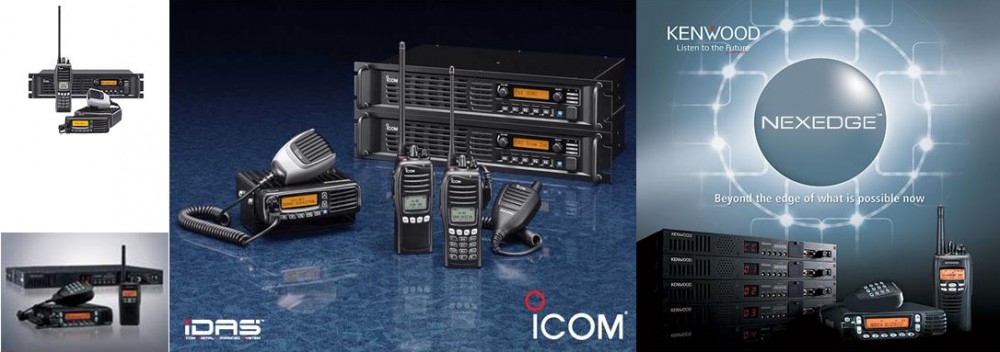For obvious reasons (I started with Icom equipment) the features as mentioned in prior posts all function with Icom repeaters… In fact today we have 2 separate networks, but that is about to change.
Kenwood as we mentioned implemented a totally different protocol to be used over the Internet or Network. Without specific documentation and equipment to be used in a Lab setting, I was unable to implement the features for Kenwood that I have for Icom.
However, tomorrow I expect to pick up a Kenwood NXR-810 repeater and KTI-3. Immediately that will bridge the Icom and Kenwood WW NXDN networks and we’ll do that via an Analog Bridge to start with.
Over the past few days I spend some time with the Kenwood guys and have poured over Gigabytes of data from those repeaters trying to determine the protocol and how to use it. This past weekend I made a major breakthrough and as a result I should have a NXREF up and functioning for them. This should not require a VPN as their current solution does, and it will not require every repeater to have a specific link to every other repeater. I should also be able to enable it to work over dynamic IP addresses and even private ones as I have with the Icom version.
The one trade off to this that the Kenwood guys will be required to put a small linux platform somewhere in the private network space. That platform will be a Local NXREF for them and will handle all the nuances of IP addresses, translation etc. This platform will also mirror the feature set of the Icom version as they are both built off the same code base.
That’s step 1…. Step 2 will be to work on the actual protocol conversion back and forth and enable the Analog bridge to go away in favor of a true digital bridge.
So have I interested you yet?
